Yukata vs Kimono – When traveling to foreign countries, one of the most exciting and enjoyable ways to immerse yourself into their culture would be to don their national garment. Nothing will make you feel quite as connected to the culture as glancing in the mirror and seeing yourself dressed in their traditional clothing that have likely spanned centuries over time.
At least, that’s the lifespan of the Japanese kimono.
Recognised as the national dress of Japan, the beautiful t-shaped kimono garment is instantly identifiable even amongst people who haven’t visited the country before. Characterised by an intricately patterned dress robe with a wide sash wrapped around the waist, the kimono hails from ancient Japan and its beauty and elegance is second to none.
Enter the yukata.

To the untrained eye (which, to be fair, encompasses most visitors to the country), the two garments are seemingly very alike. Both are stunning t-shaped robes that drape flawlessly over the body, depicting an ageless Japanese look that will surely turn heads. Both wrap their left panel over their right, always, as only those who have passed away drape their right over their left.
However, that’s where the basic similarities end.
The yukata, whilst still beautiful and important to Japanese history in its own right, is actually a by-product of the kimono. We will get into more detail later on, but these days, the kimono is the more formal of the two, being worn at formal events. The yukata, on the other hand, is a lighter, more casual dress that’s typically worn in summer months.
To understand the true differences between the two, we’ll first give you light and interesting insight into each garment and then describe the main differences so you can understand them better.
What is a Kimono?
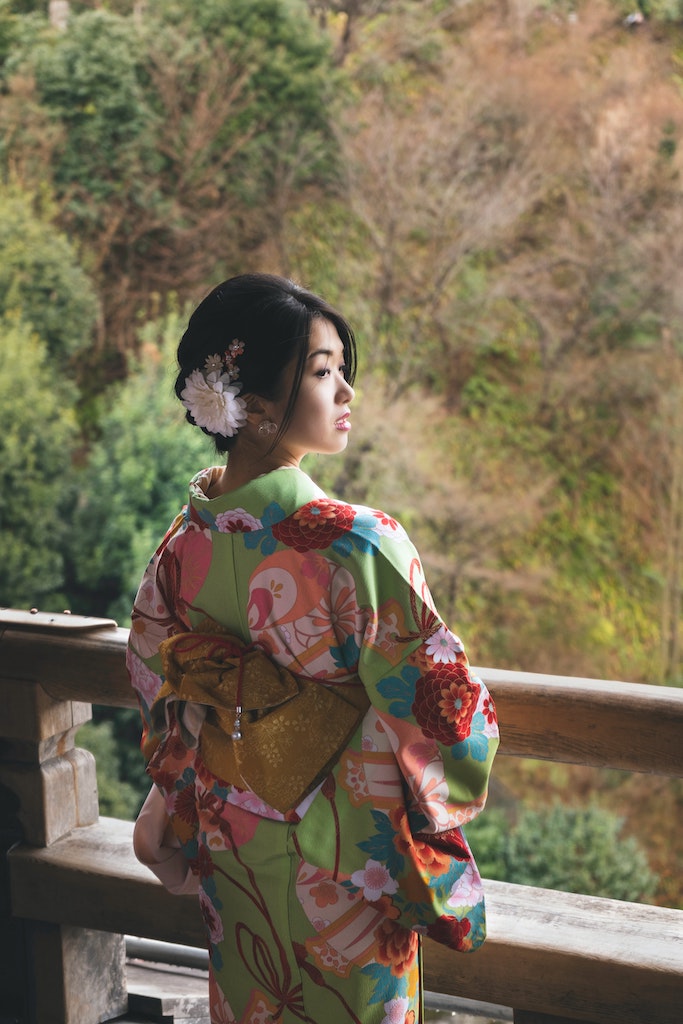
The kimono is a traditional Japanese garment and Japan’s national dress, typically made of silk. The kimono’s main feature is the dress robe, but there are many accessories that make up the entire outfit.
The obi is the kimono sash, worn tightly around the waist. An informal obi is narrow and shorter, and formal obi are longer, wider and much more decorated.
The hakama is the traditional Japanese trouser-skirt, worn together with the kimono. When wearing a full proper kimono from top to bottom, it may be difficult to take proper steps without splitting the garment open, but the hakama allows the wearer some discretion when taking wide steps.
The haori is the overcoat for the kimono. It’s usually worn open over the top of a kimono, or kept closed by a string that loops around the lapels of the coat. In winter, haori are mandatory, but in summer, you can opt for a thin one or none at all.
When a kimono is worn, you can tell a lot about the individual wearing it, from their age, gender, sometimes even their marital status, simply by the style and design.
History of Kimono
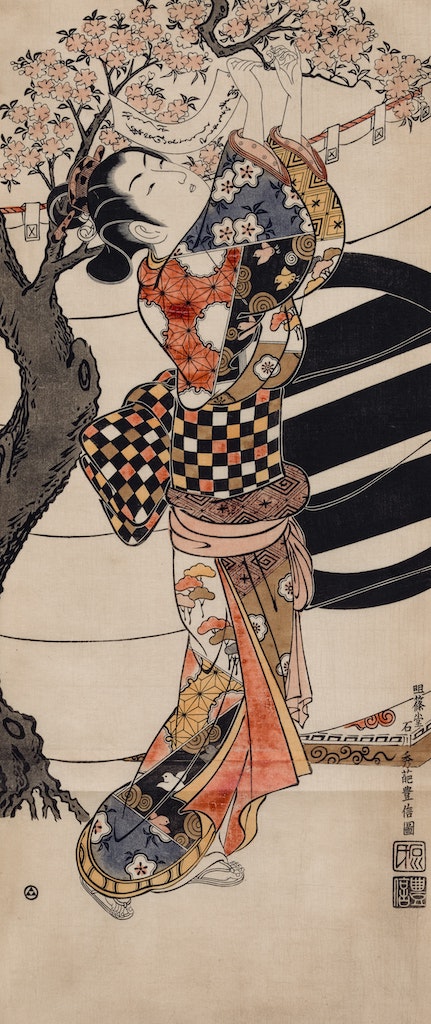
The first influence for kimonos came from China during the Kofun period (300-538 AD). Many years later, changes were made to the initial designs, with more layers coming through for women and colours being used to denote ranking for men.
It was during the Edo period that the sleeves of the kimono grew in length and the obi was introduced as an outer sash rather than something hidden. From then on, the kimono design remained rather untouched and what you see today is what was typically worn from the 1600s onwards.
Types of Kimonos
There are a few different types of kimonos out there. We’ve listed them below along with their main traits which you will be able to pick up the next time you see someone wearing it.
Furisode

This is the kimono worn by young, typically unmarried women, and is the most formal type of kimono. Their sleeves are super long (between 100-110cm), and are almost always colourfully decorated with intricate patterns. They are commonly worn at Coming-of-Age ceremonies.
Kurotomesode

This type of kimono is worn amongst older women. They typically have black backgrounds with designs at the hem. They are worn to formal events such as weddings.
Homongi

This is a semi-formal type of kimono that is worn to formal parties or as guests of the bride at weddings. They’re unique in their design: the motif of a homongi kimono will flow across the back of the right shoulder and sleeve to the front of the left shoulder and sleeve.
Komon
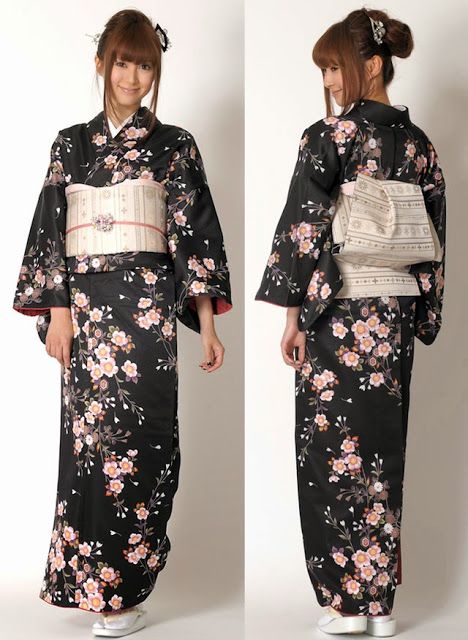
Komon kimono are the most relaxed type. They have a subtle repeating design across the entire rode, and are typically worn for daily errands or strolls around town and to small celebrations.
What is a Yukata?

A yukata essentially translates to ‘bath robe’, although it is not quite the main use for it anymore. Compared to a kimono, a yukata has a relaxed look and feel about it. It is a t-shaped, unlined garment that’s made of cotton, linen, or hemp, and is typically much wilder in colours and patterns than kimonos.
This light garment is more accessible for visitors to Japan, especially since most ryokans will offer them for their guests to wear during their stay. As most ryokans also offer onsen experiences, the idea is to don the yukata to and from your visit to the bathhouses as well as around the ryokan to such events as dinner.
During summer, you will typically see many people wearing their yukata around onsen villages in public.
History of Yukata

How and why did the yukata come about when the kimono already existed?
The yukata existed in the Heian era, when court nobility wore them after bathing. It was later adopted by priests, then Japanese warriors and the noble class. It subsequently gained massive popularity amongst the public during the Edo period when changes in bathing habits were introduced and public bath houses became a popular recreation in Japan.
People wanted something fancier to wear home from bathhouses, and thus the modern-day yukata was born!
Yukata vs Kimono – What’s the difference?
It’s time for the match Yukata vs Kimono! We’ve listed below the key differences between the two garments.
1. Season

One of the biggest giveaways is the season in which the garment is worn.
The yukata is typically associated with summer and festivals. They’re also worn in and around onsen villages during summer but rarely in winter. This is due to the fact that the yukata is made of either cotton, linen, or hemp, is super light and acts as a breathable layer for the summer heat and humidity.
The kimono has more layers than the yukata, and can be worn all-year-round, with additional accessories available to keep warm for the cooler months. This includes a fur shawl. For the warmer months, there is a summer kimono called a “hitoe”, which is single layered and unlined.
2. Material
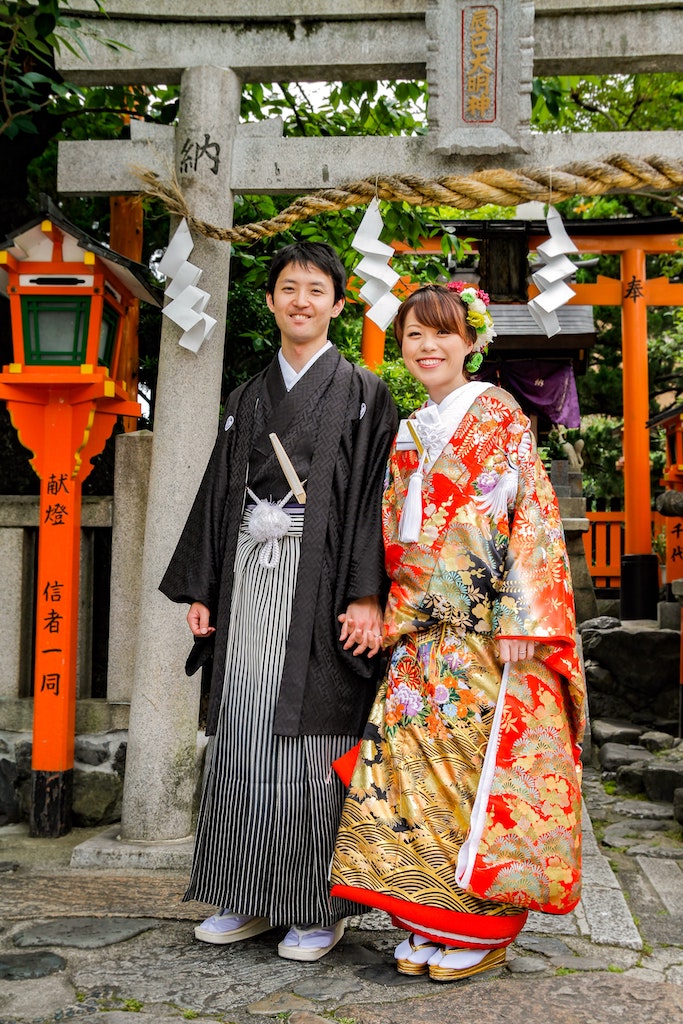
Kimono garments are commonly made of variations of silk, whereas yukata garments are made of cotton, linen, or hemp.
This will effectively give kimonos a more luxurious look and feel, whilst the yukata will almost always look more casual and relaxed.
In saying that, these days, both kimono and yukata can be found in different variations of silk and cotton. It really depends on the look people are going for!
3. Collar

The kimono, being the more formal of the two garments, will have a soft, full-width collar, whereas a yukata will only display a stiff half-width collar. These are indicative of the materials they are made of.
In addition, a kimono will have at least two collars, one which is closer to the neck, and the other below the neck, called a juban collar.
4. Sleeves

Another major giveaway would be the shape and length of the sleeves of the garments.
With kimonos, many things are taken into consideration when determining the sleeve length, including the age of the wearer and the formality of the event. However, an example would be that unmarried women could have wide sleeves that reach all the way to the floor!
Yukata, however, have modest sleeves which typically measure no longer than 50cm, and so will never touch the ground.
5. Event or Occasion

Depending on what event you spot the garment at, you should be able to determine whether it is a kimono or a yukata.
Kimonos are reserved for formal affairs, which include shrine ceremonies, weddings, Coming of Age celebrations, and graduation ceremonies.
On the other hand, yukata are typically worn in and around ryokan and onsen villages, to attend summer matsuri and fireworks celebrations, and for casual strolls.
6. Obi

Whilst both garments require an obi, the way it is tied in addition to its size will give away whether it is part of a yukata or a kimono.
With a kimono, you will need at least three to four strings to tie up the garment, and their obi can get quite thick around the middle of the garment. The obi for kimonos are also stiffer and flat.
With a yukata, the strings used to tie the robe are between one and two, and the obi is generally not as stiff or as wide as a kimono obi. The obi is also tied in a much more relaxed manner, with many people coming up with their own styles of bows. If you notice that the obi is twisted or folded in the front, that would almost guarantee that it is part of a yukata, as this would not happen with a kimono outfit.
7. Design & Colour

With this observation, you might want to take it with a grain of salt. A typical kimono, reserved for formal occasions, will likely have grandeur designs with luxurious subtlety in mind. Yukata, however, are less formal, and thus have allowed for people to experiment with bright and bold colours, unusual patterns, and varying accessories not typically associated with kimonos.
8. Footwear
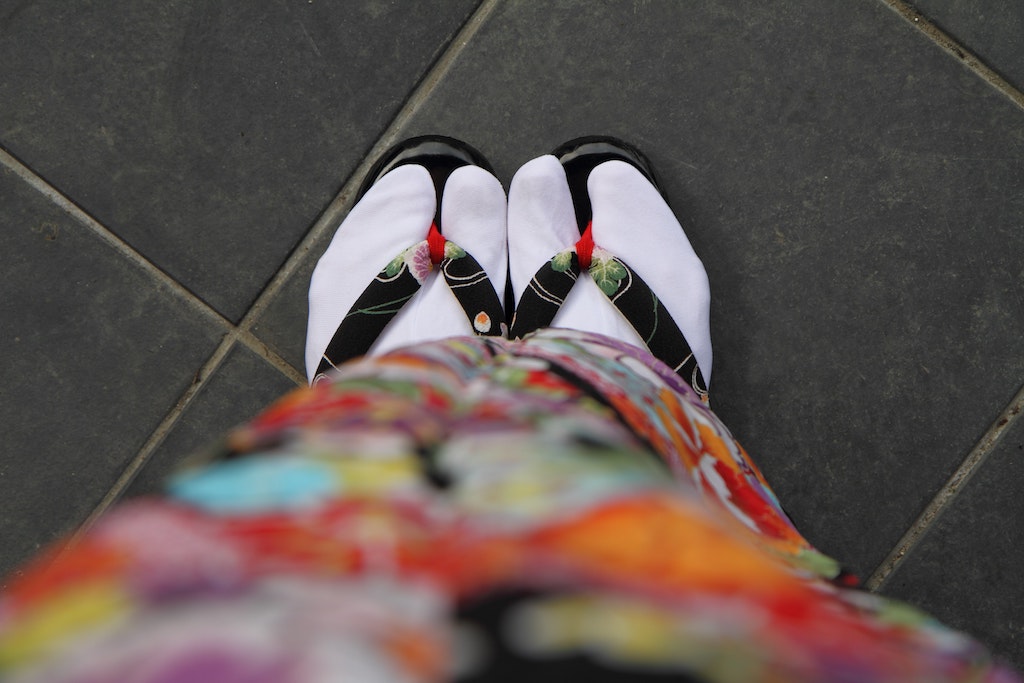
Another difference is that Yukata are usually worn with Geta (wooden sandals) when Kimono are more associated with Zori (thicker sandals) and Tabi (toe-divided Japanese socks).
—
That’s it for our article about Yukata vs Kimono. We hope reading this has enlightened you in one way or another about the differences between these two equally stunning Japanese dress garments. Whilst they naturally have subtle variances, it’s their principal similarities that made them so adored by the public.
The uniqueness of both garments truly stands out and are even considered artworks by Japanese enthusiasts. Whether you don a kimono or a yukata, you will feel awash with a sense of closeness to the culture of Japan. If you haven’t already, we encourage you to hire or purchase one of your own!
And if you want to take picture with it, feel free to book a Kimono photoshoot in Tokyo or a Kimono photoshoot in Kyoto. You will get epic shots that you won’t stop staring at! 🙂
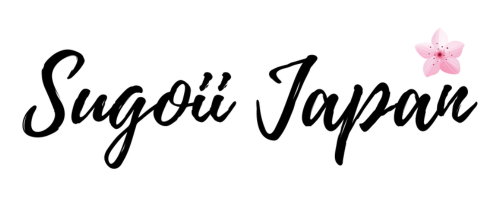
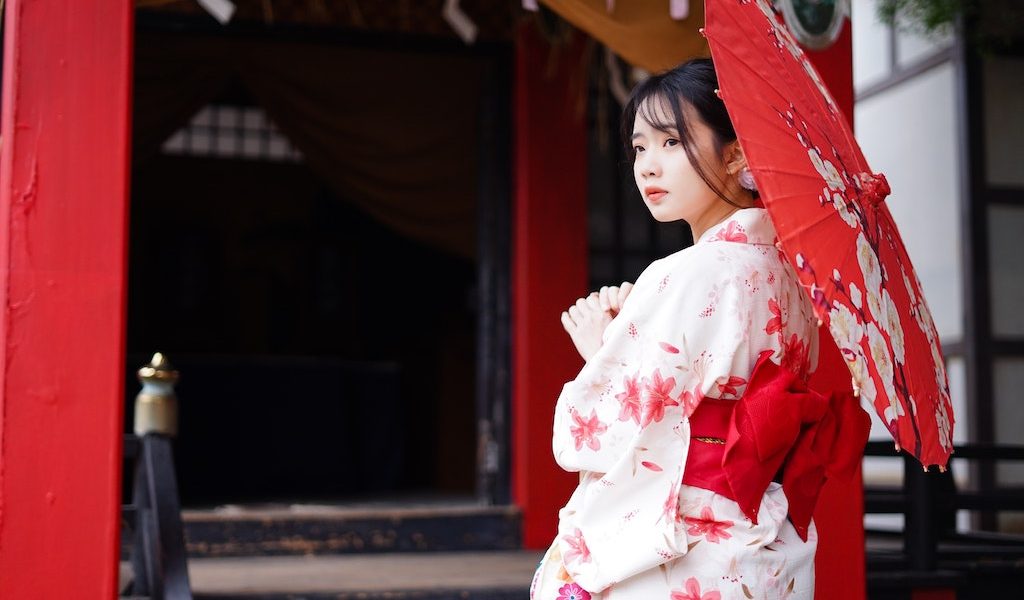
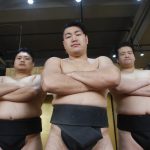


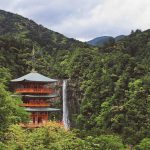
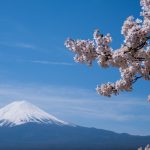

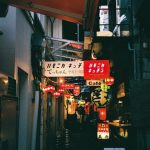
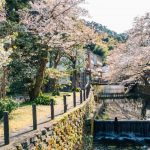
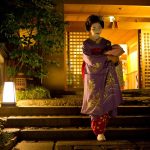
I really enjoyed learning all about kimono and yukata styles. Thanks
for the information.
You are welcome Gloria! 🙂